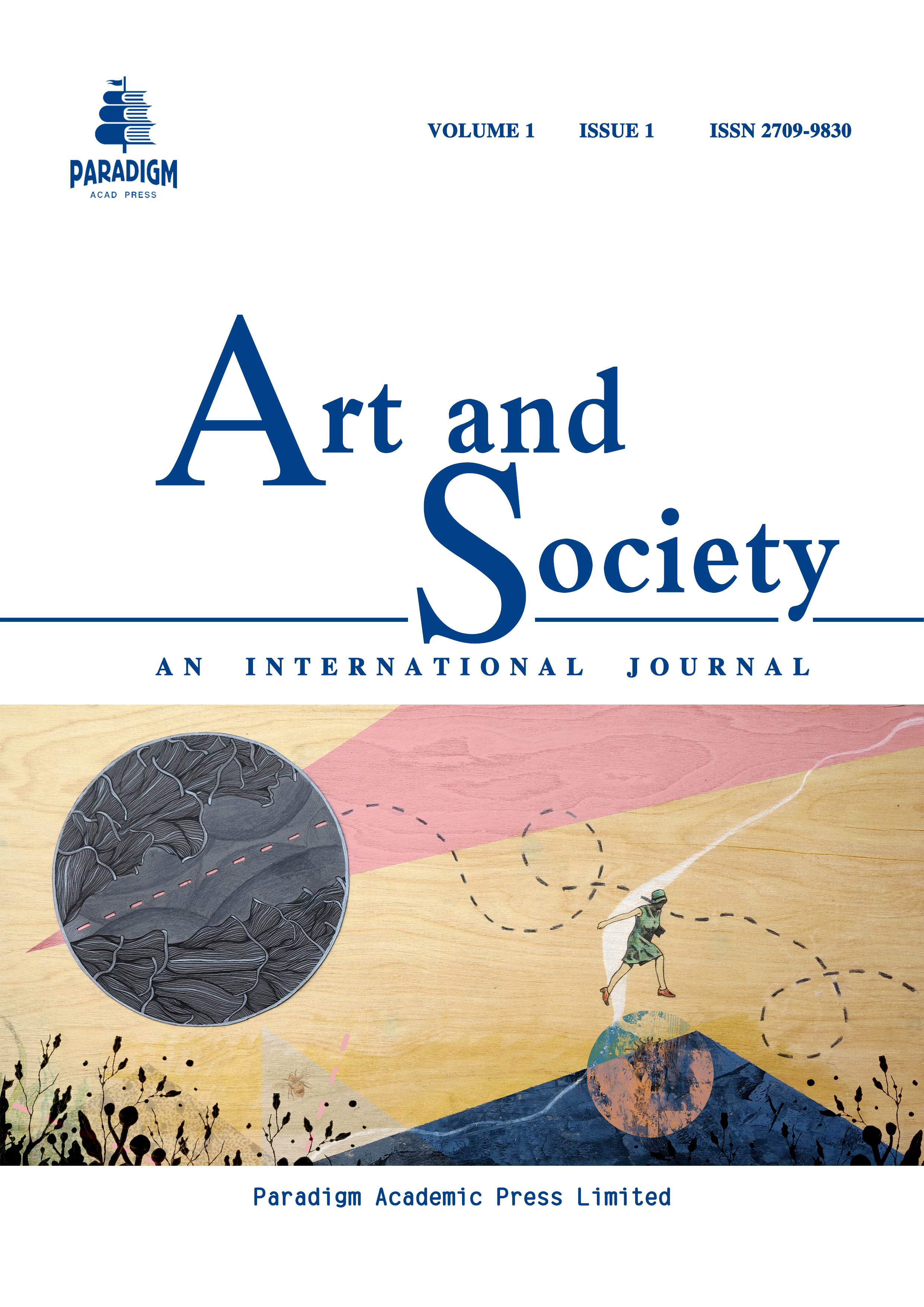Research on Ancient Chinese Painting: ‘The Star Deity Kui Xing Marks the Top Scholar’ Illustration in the ‘Infant Play’ Images
Keywords:
Infant Play, Kui Xing, Qing dynasty, forgery, Chinese art, imperial examinations, Zhong Kui, auspicious imagery, academic success, Ming dynasty, cultural symbolismAbstract
The artwork <Infant Play> (婴戏图) housed at the Cleveland Museum of Art is an intriguing piece blending auspicious themes of traditional Chinese culture, particularly those linked to the imperial examination system. The painting depicts children in playful scenes, such as admiring fish and chasing dragonflies, while engaging in symbolic roles associated with success and fortune. Central to the composition is a child wearing a mask of Kui Xing, the god of academic success, who is often depicted in association with the imperial examination and scholars’ aspirations. This painting, attributed to Xia Kui, exhibits distinctive Qing Dynasty characteristics despite the attribution to the Ming era. Stylistic analysis reveals possible inconsistencies, suggesting that this may be a later forgery. The paper explores the themes of Kui Xing worship, his symbolic role in the examinations, and the conflation of Kui Xing and Zhong Kui, highlighting how these figures were often interchangeable in artistic depictions. It argues that ‘Infant Play’ reflects broader cultural aspirations, including academic success, prosperity, and the desire for many children, positioning these works as part of a larger tradition of auspicious imagery in Chinese art.


